
You probably know every scuff and mark on your wall and can’t wait to touch up the walls around your home. When you’re living in a home, the walls are bound to get bumped, scuffed, scratched, and damaged. It’s just what happens. You move a piece of furniture and bam, you hit the wall.
You move back too far in your chair in the dining room and scuff the wall. Your child repeatedly rams his toy car into the wall while playing. It happens! And unfortunately, it’s those spots and dings that you probably end up noticing most. The good news is that it’s easy to touch up walls without having to repaint an entire room.
How to Repair and Touch-up Walls When They Get Scuffed
Identifying the Type of Damage
Before you start the repairing process, determining the type of damage your walls have sustained is essential as it will dictate your course of action.
- Scuffs and Marks: These are common and typically simple to address. They are usually caused by objects brushing up against the wall, leaving behind minor superficial marks.
- Small Dings and Nail Holes: Small dings or nail holes are slightly more substantial than scuffs and might be a result of hanging picture frames or minor impacts.
- Large Holes or Dents: These are usually caused by a significant amount of force, like a door swing without a doorstop, and may require more intensive repair efforts.
Touch Up Walls: Dealing With Scuffs
A lot of the time, scuffs on the wall can be cleaned away. Here are some things to try before you bring out the paint.
- Use a Tennis Ball: Gently rubbing a tennis ball on the scuff can get rid of the mark on the wall.
- Wash the Wall: Use a soft cloth with soap and water to try and wipe the scuff off. You could also try making a baking soda solution by mixing 4 tablespoons of baking soda into a quart of water.
- Erase the Scuff: You could try using an eraser to erase the mark.
Whatever method you try, be careful not to take the paint away with you. If you do happen to wipe away some of the paint or can’t quite remove the entire scuff, you could put matching paint in a paint touch-up pen and fill in the spot.
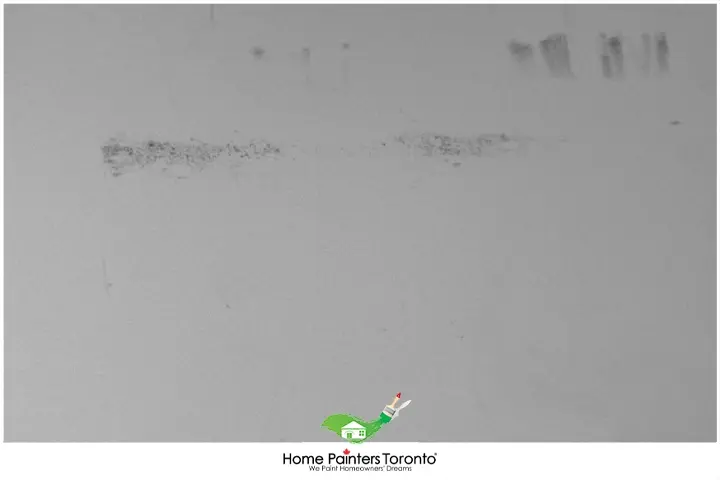
How to Use a Paint Pen To Touch Up Walls
For a perfect match when touching up small scuffs, dents, and marks on walls, you can use a paint pen. The best way to fill the pen with paint is to do so when you originally paint your walls, or with your original paint.
Most paint pens are airtight, meaning the paint you put inside will last for years. Fill the paint pen according to the instructions. Once you have the paint right down to the brush, you can simply paint over the mark in small, light brush strokes.
To repair and paint over small dents with a paint pen or paint brush, fill the dent with putty so you have a flat surface, even with the rest of the wall, and then paint over the putty.
TIP: It’s always a good idea to clean the wall before applying any paint.
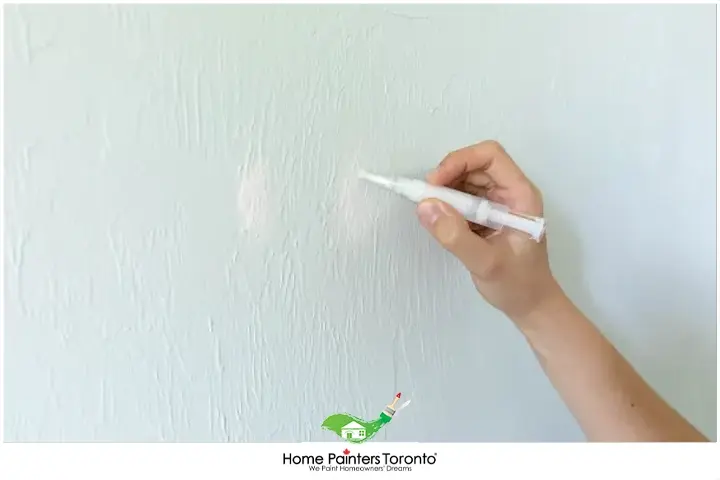
Touch Up Walls With Small Holes
You can touch up small holes in the walls without having to repaint the entire space. Here’s how:
- Smooth the edges of the hole using a small knife
- Clean around the hole and use a fine sandpaper to sand it down
- Use putty or joint compound to fill the hole.
- Lightly sand again to ensure a smooth finish
- Clean the area with warm, soapy water
- Use a small amount of paint to paint over the hole. It’s important that you use the same paint. Two or more coats of paint may be needed. Be sure to let each coat dry before applying more.
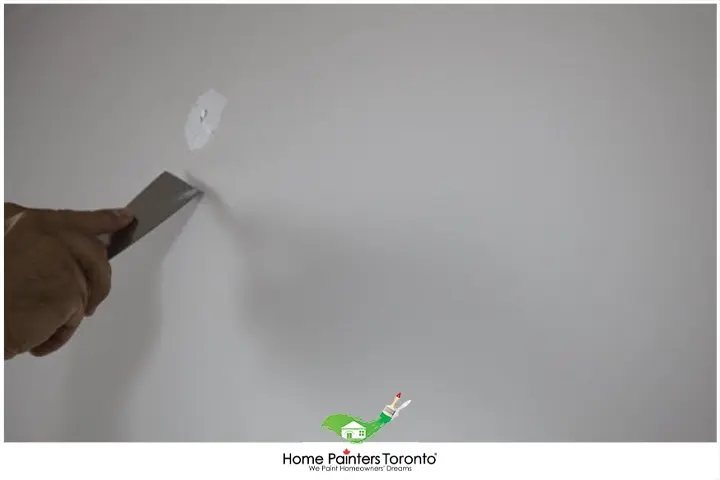
Addressing Large Holes or Dents
Fixing larger holes typically requires a bit more effort and some additional materials.
Materials needed:
- Repair patch made of durable material (like Teflon)
- Adhesive (if the repair patch isn’t self-adhesive)
- Broad Knife
- Joint compound (pre-mixed)
- Fine-grit sandpaper
- Primer
- Paint matching your wall colour
- Paintbrush
Step 1: Applying the Repair Patch
Ensure the area around the hole is clean and dry. Apply the adhesive to the patch (skip this step if your repair patch is self-adhesive). Carefully align the repair patch over the hole and firmly press it against the wall.
Step 2: Applying Joint Compound
Using the broad knife, apply a thin layer of the joint compound over the repair patch, extending it slightly beyond the patch’s edges. Let it dry as per the product’s specifications.
Step 3: Sanding
Use fine-grit sandpaper to sand down the joint compound until you achieve a smooth surface.
Step 4: Priming and Painting
Apply a single coat of primer over the repaired area to facilitate even painting. Once the primer dries, use the matching wall paint to touch up the area, just as you would for a small dent or hole. If you have a large repair to make, it’s best to use an airless paint sprayer for walls instead of a paintbrush or roller. It will save you time and effort so that you can focus on other projects around your home.
Step-by-Step Guide to Painting a Wrought Iron Fence
If you no longer have the paint or paint code on hand, you can still get an almost-perfect match made from a paint store. But, you will have to get a small sample of paint from the wall to take into the store with you. To do this, you will want to remove a small scraping of paint from the wall. Try and take from near the area that needs painting so you can repair and repaint both spots at once.
Use a sharp knife or box cutter to cut a small square that is at least 2 inches by 2 inches. Keep in mind, the larger the sample, the easier it will be for the paint store to match. Once you have cut the square, gently peel the paint sample from the wall. Take it with you to the paint store. A paint professional will be able to get you a colour and sheen match.
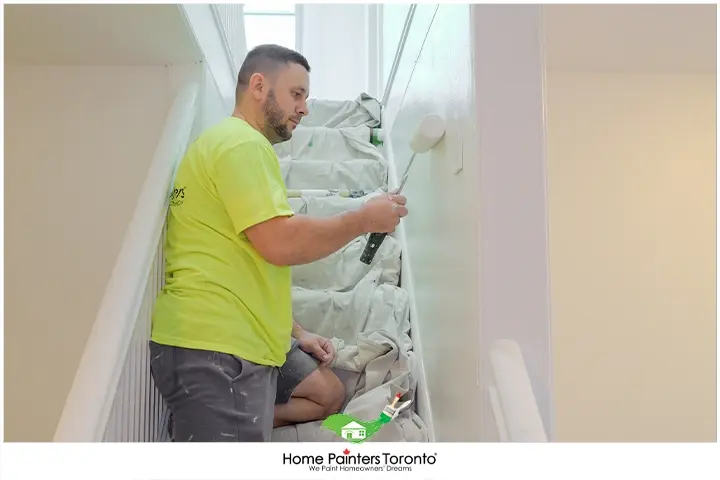
Tips for Touching Up Wall Paint
Pulling off a seamless touch-up paint job on walls isn’t as easy as it seems. However, a bit of skill and some useful tips can help you get very close. Here are some of the best ways to touch-up paint on your walls:
1. Keep Record of Your Paint
Always retain important information regarding the paint you used for your walls including color, brand, finish, and batch number. Paint colour can vary between different batches due to slight colour tweaks by manufacturers. Hence, the batch number can often be more crucial than colour and brand.
2. Stock Up on Extra Paint
If possible, always save a bit of leftover paint specifically for touch-ups. Since it’s from the original batch, it will perfectly match your current wall colour. Store it in a tightly sealed, rust-free can and a cool, dry place to maintain its quality.
3. Work with the Right Brush
Select the right-sized brush for your job. Smaller brushes give you greater control for more precise touch-ups. For larger patches, a bigger brush or roller might be more efficient.
4. Prep the Wall Surface
Ensure the wall surface is thoroughly clean and free from dust or debris before applying paint. You might need to lightly sand the area or use a primer in some cases to help the paint adhere better.
5. Apply Thin Coats
When touching up, start with a thin layer of paint, let it dry, then see if you need another coat. Multiple thin layers often blend better than one heavy coat.
6. Feather the Edges
To avoid creating a visible outline of your touch-up, feather the paint out from the center towards the edges. This technique blends the new paint seamlessly into the old.
7. Consider Weather Factors
Weather conditions can influence how paint dries and, consequently, the colour. If the weather is substantially different compared to when you first painted the walls, you might notice some colour variation. Paint dries darker during colder days and lighter during hotter days.
8. Evaluate in Different Light Conditions
Lighting greatly influences colour perception. Different times of the day can make the same colour appear different. Examine your touch-up job under different lighting conditions to ensure it blends well at all times.
By following these tips, you’ll be better equipped to handle any necessary touch-ups, helping to maintain your wall’s fresh and clean look over time.
WRAPPING UP
Now you have it—a comprehensive guide to repairing and touching up your walls when they get scuffed or damaged. While minor wall damage is practically unavoidable, especially in a bustling household, it doesn’t mean you have to live with unsightly marks, dents, or holes. With a little patience and DIY magic, you can keep your walls looking fresh and well-maintained. So, roll up your sleeves, and let’s restore those walls to their pristine glory!
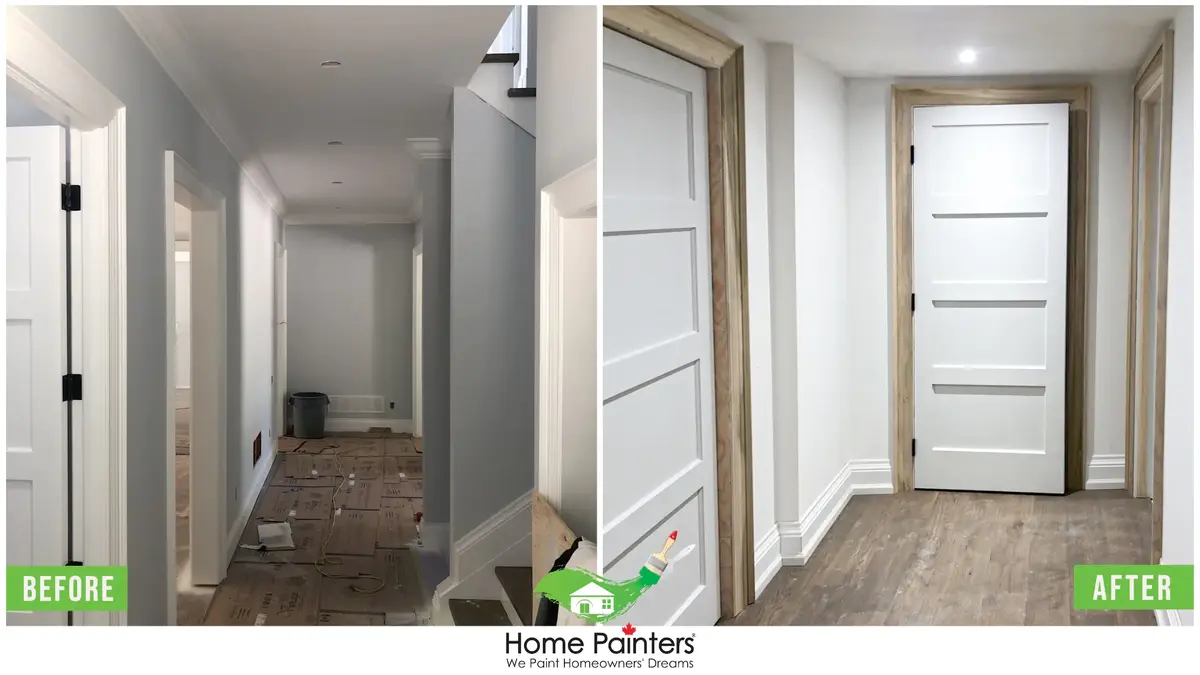
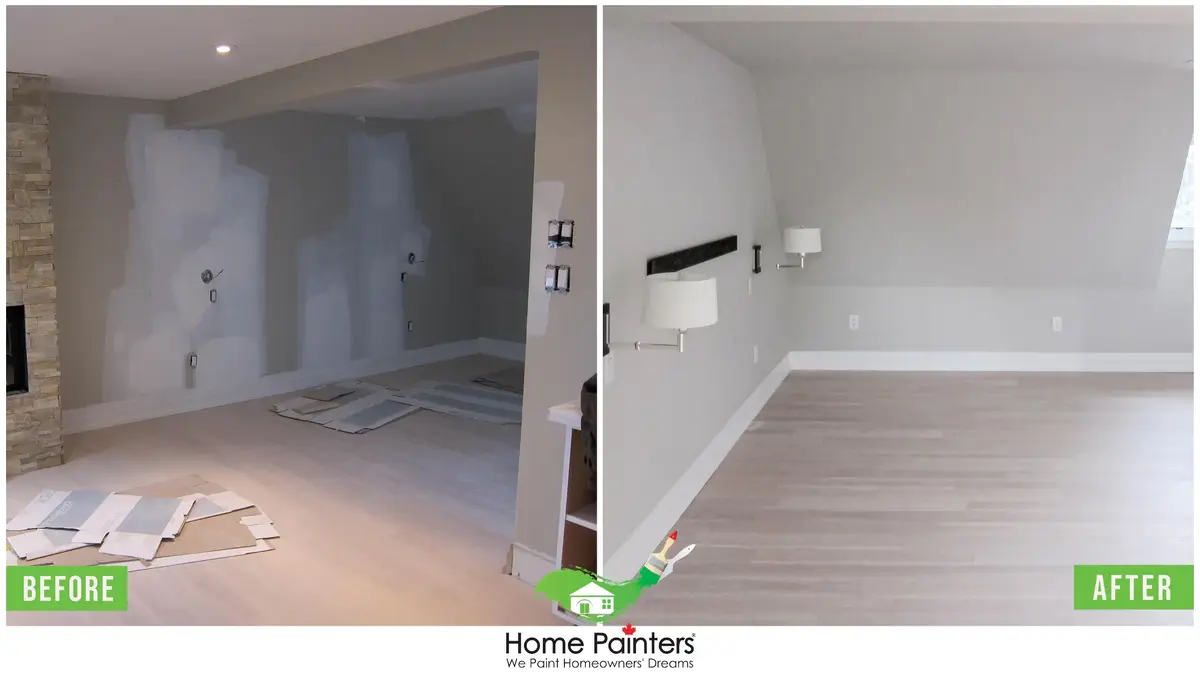
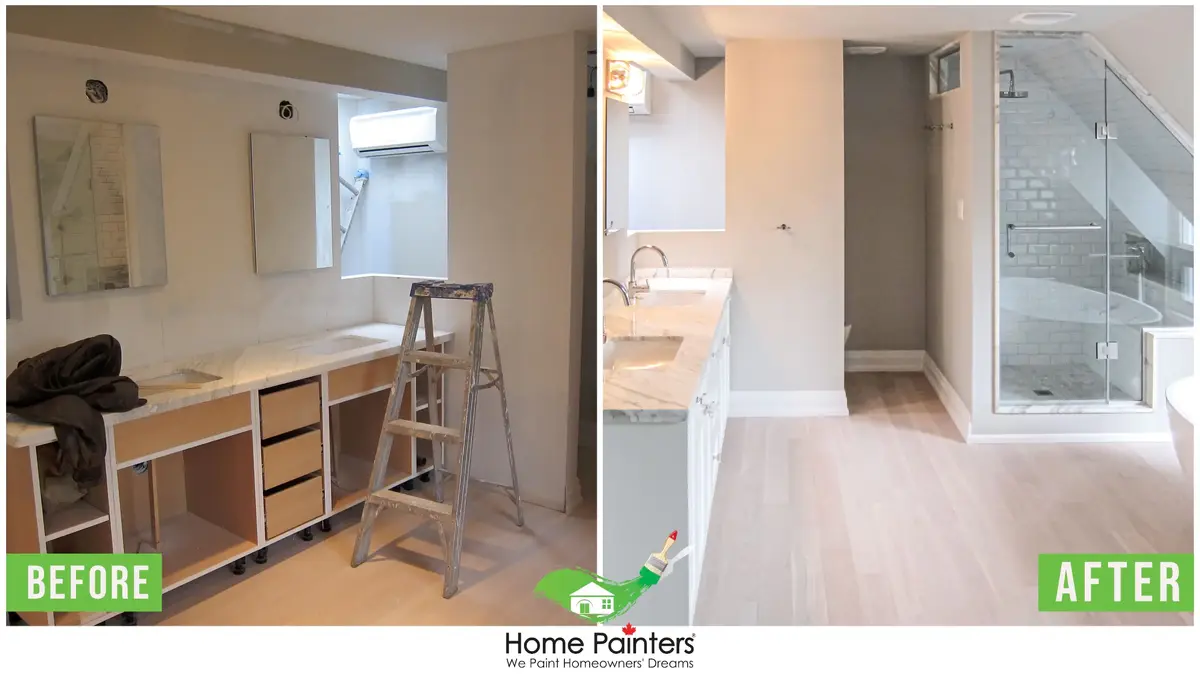
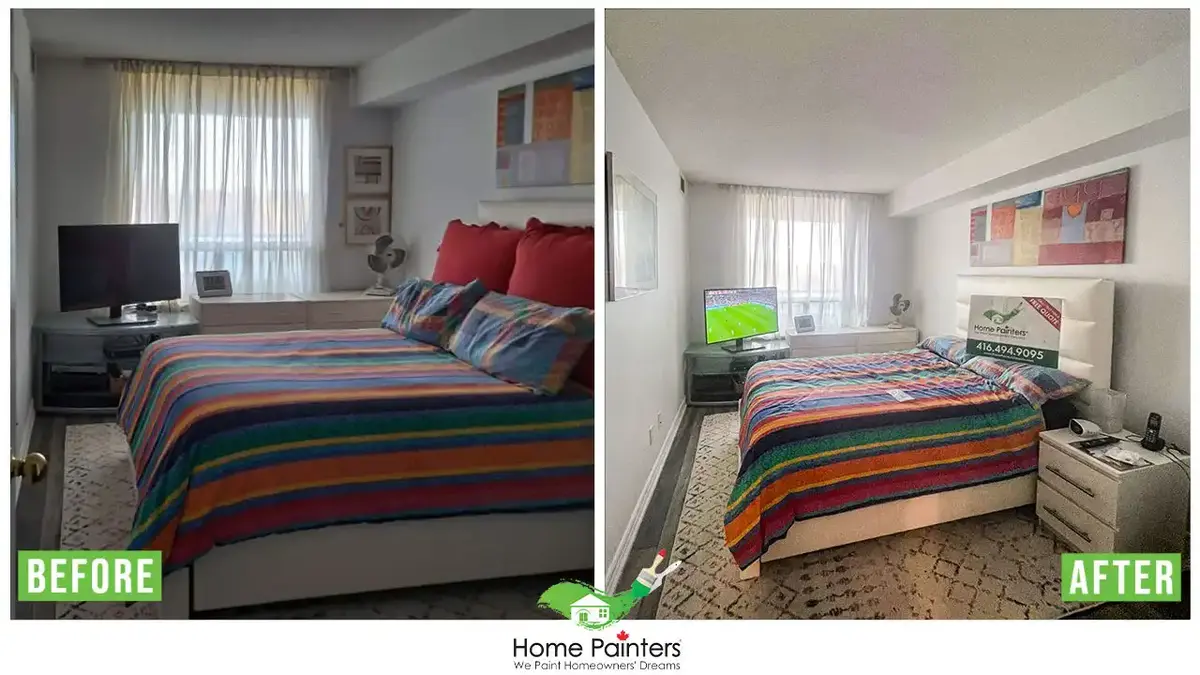
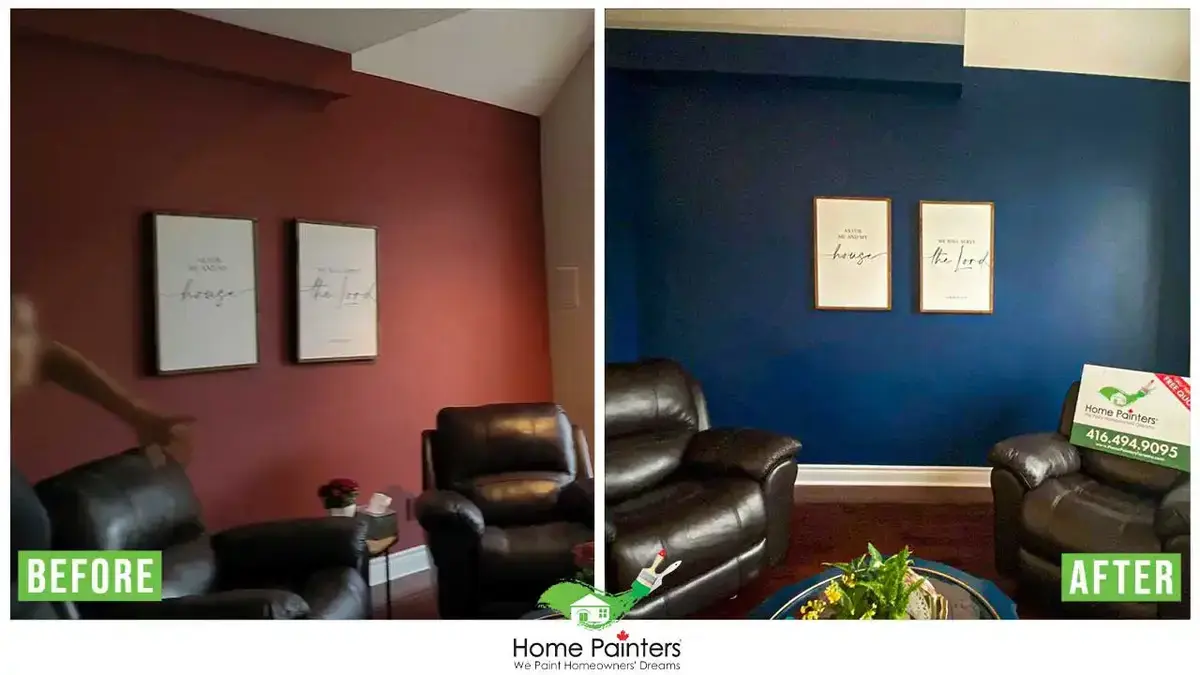
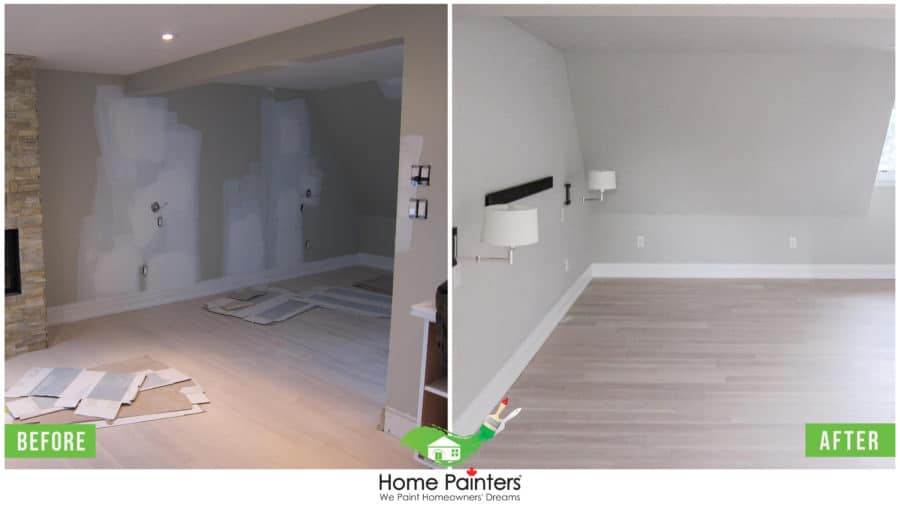
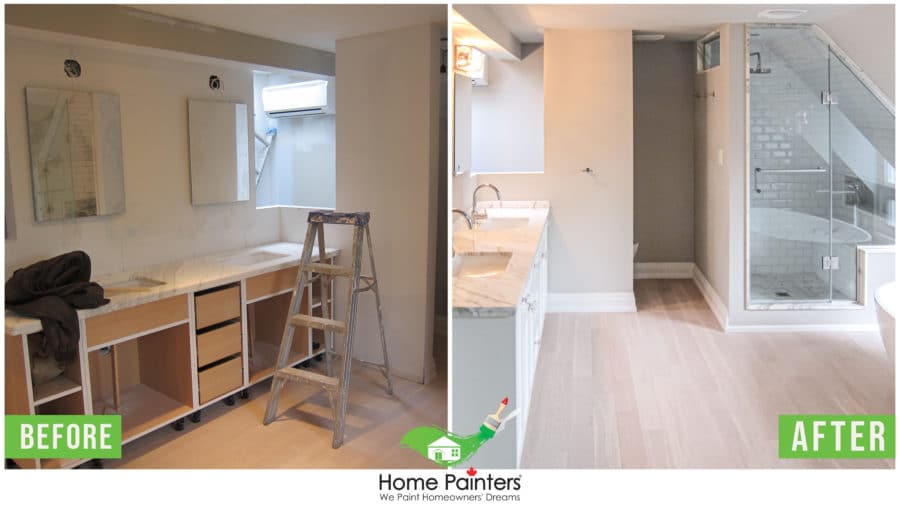
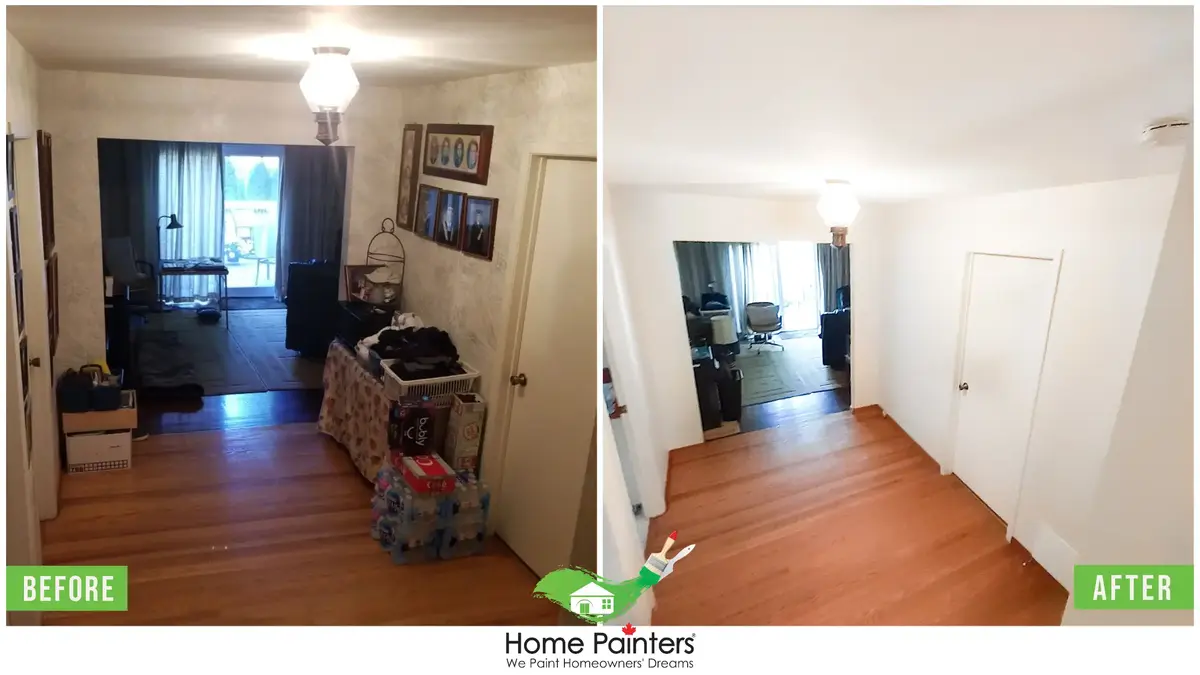
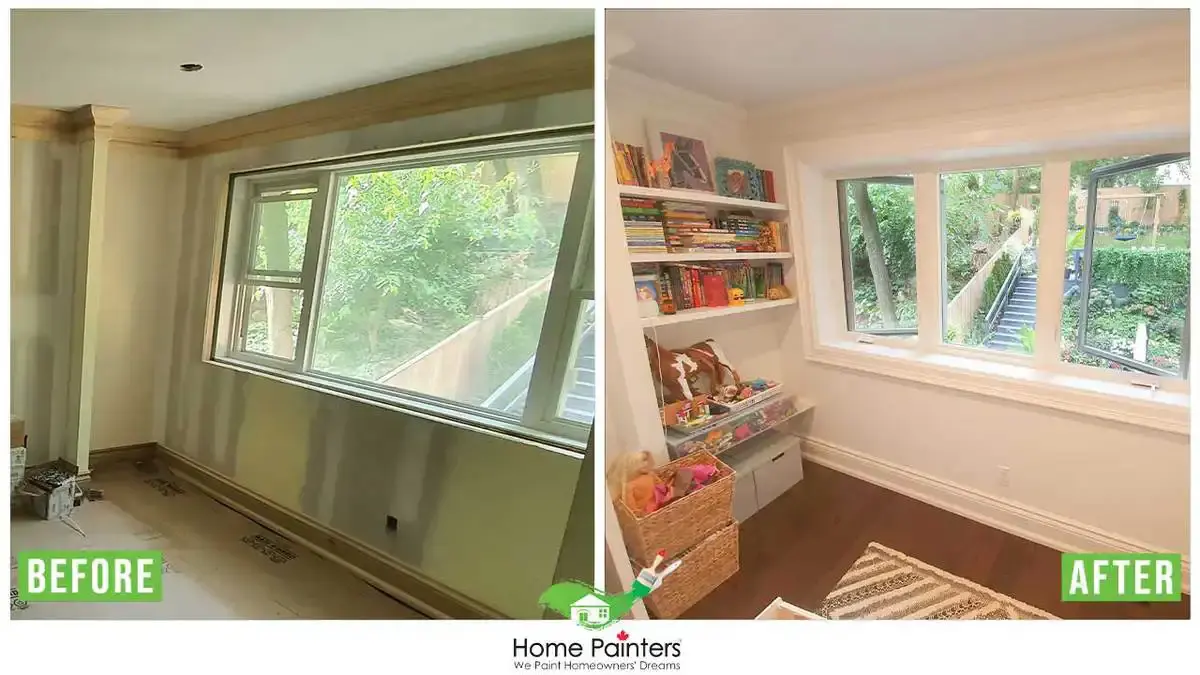
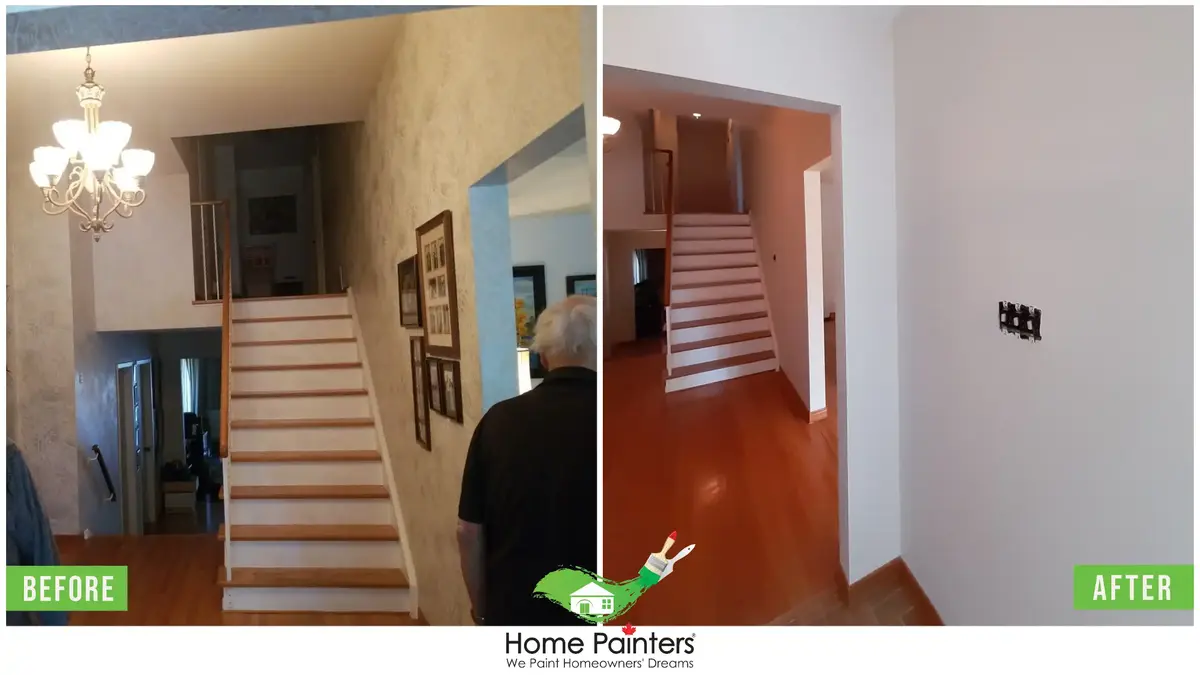

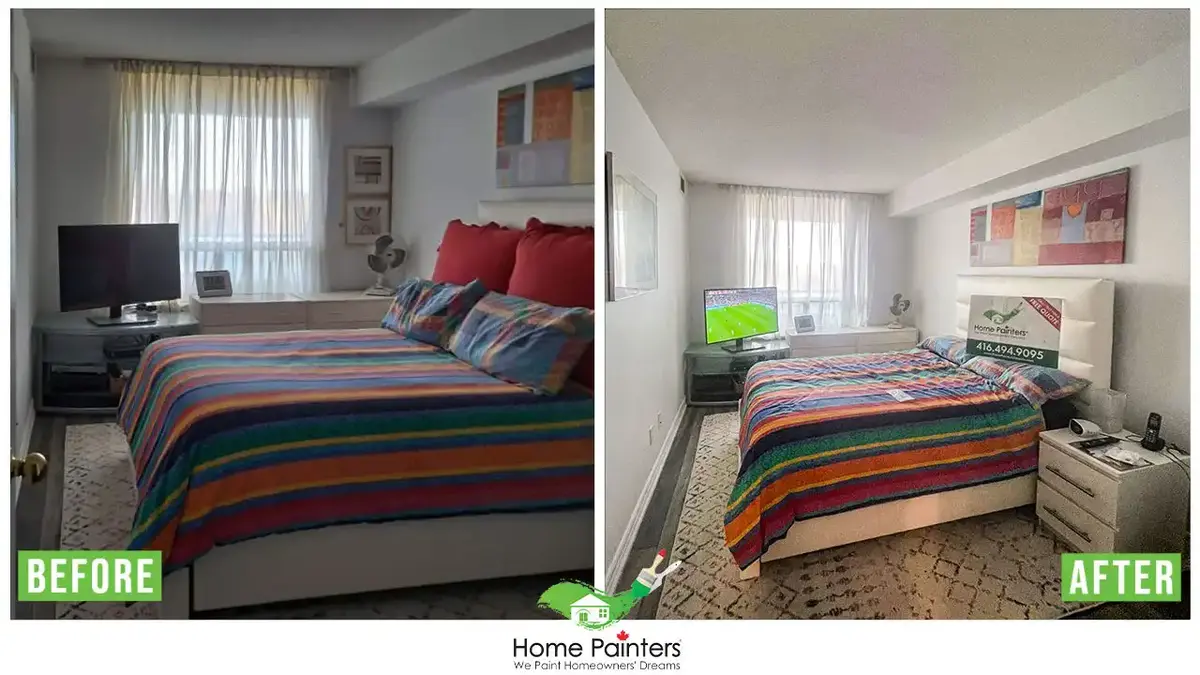
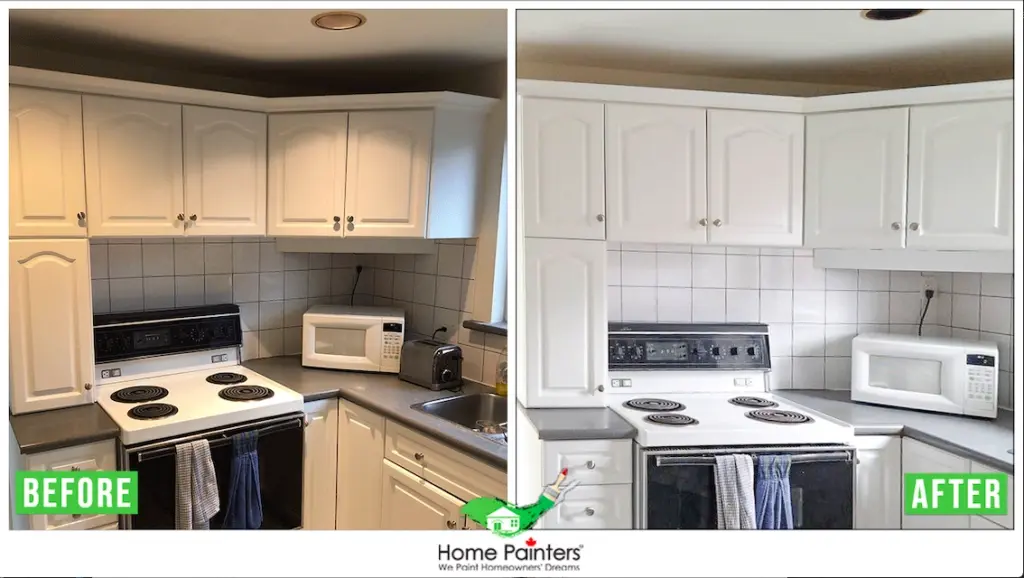

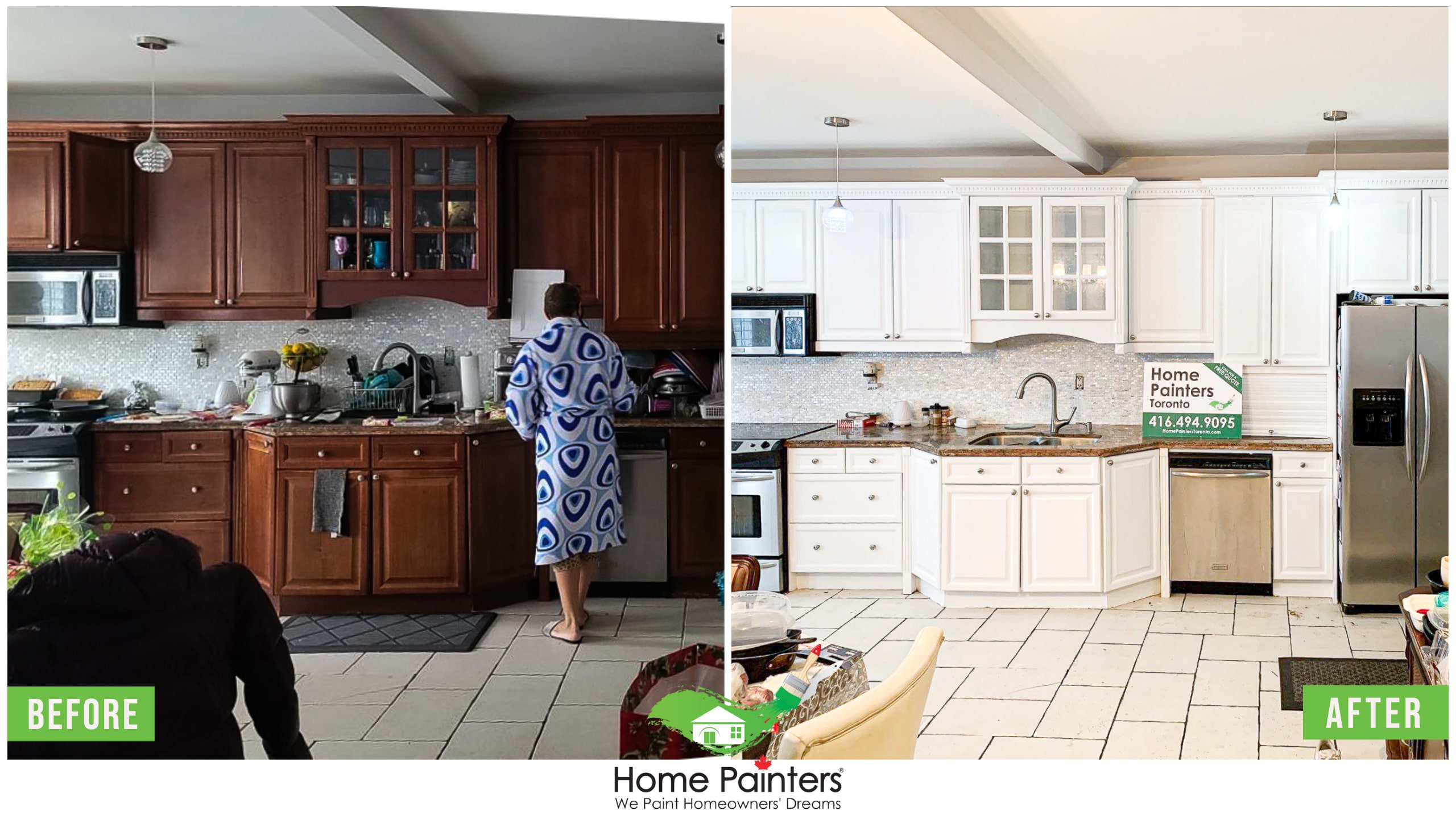

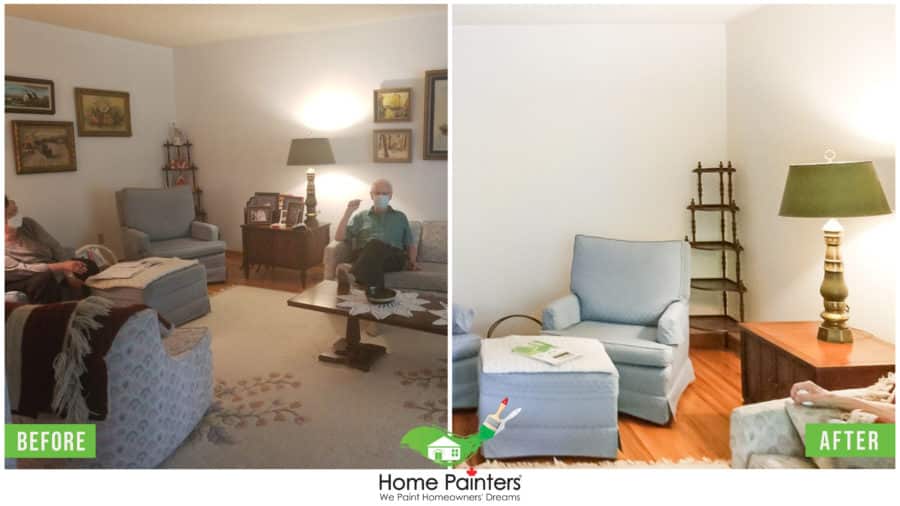
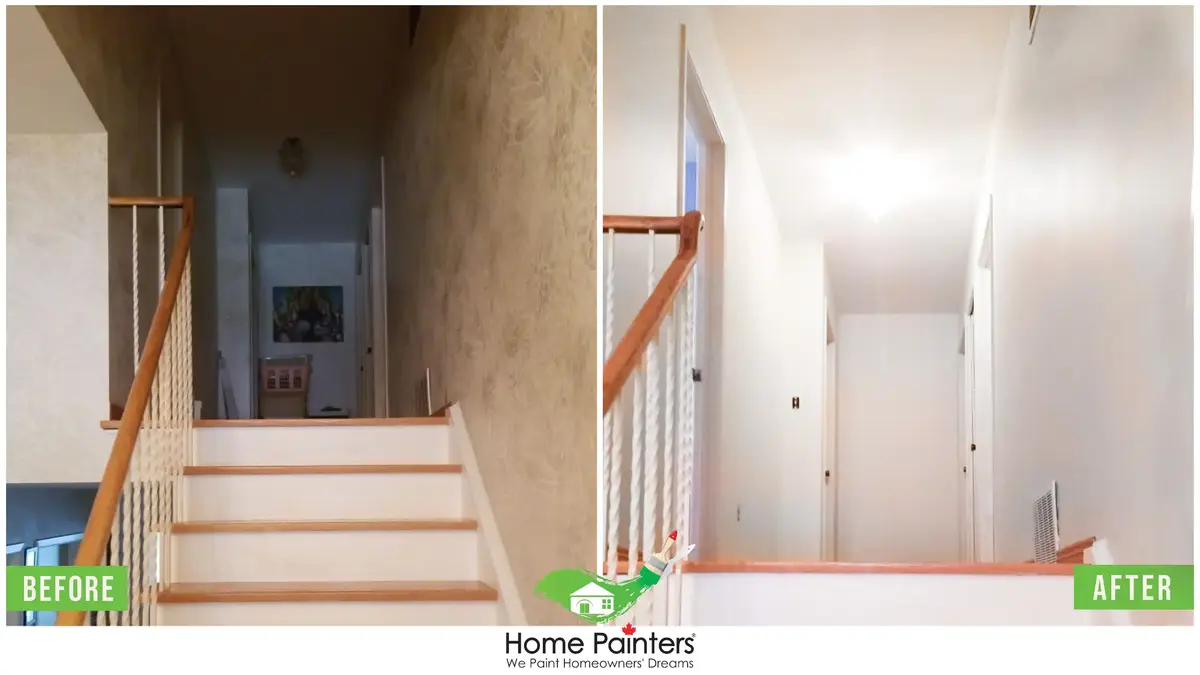
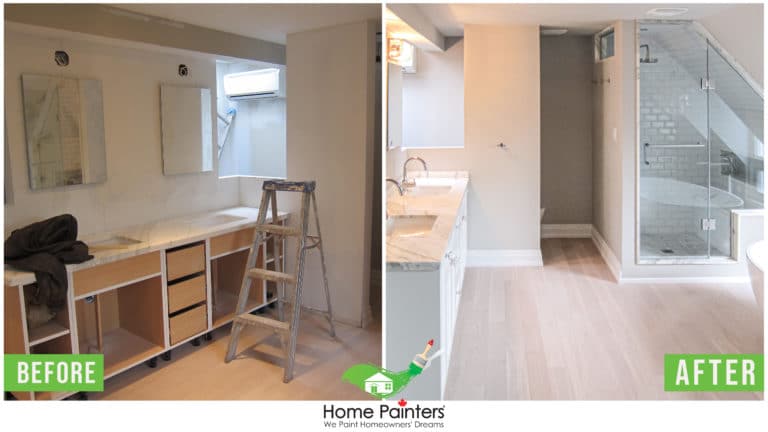
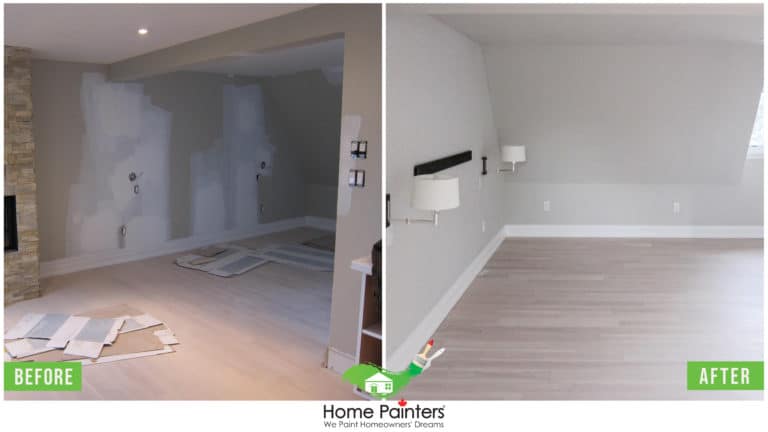
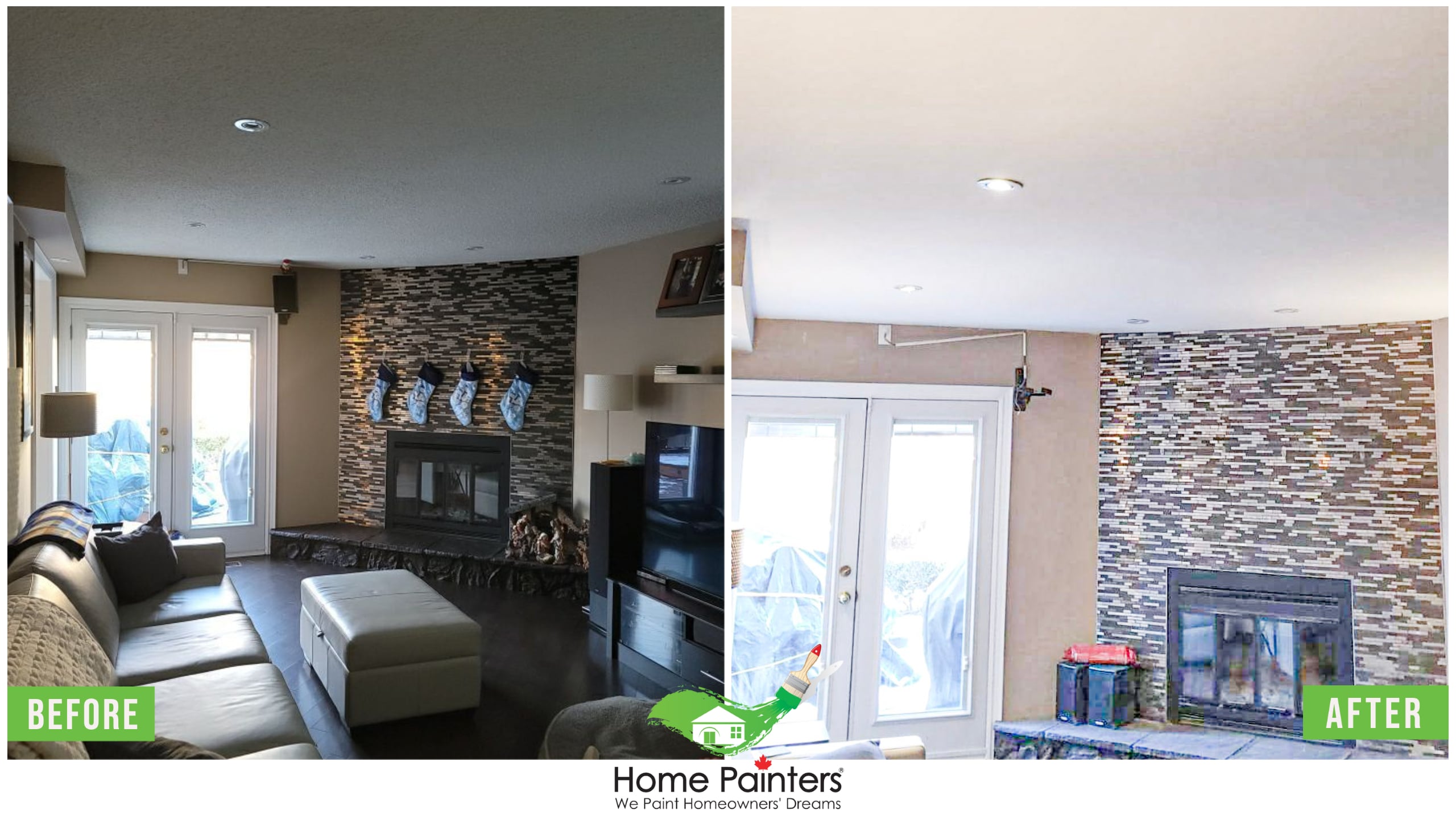
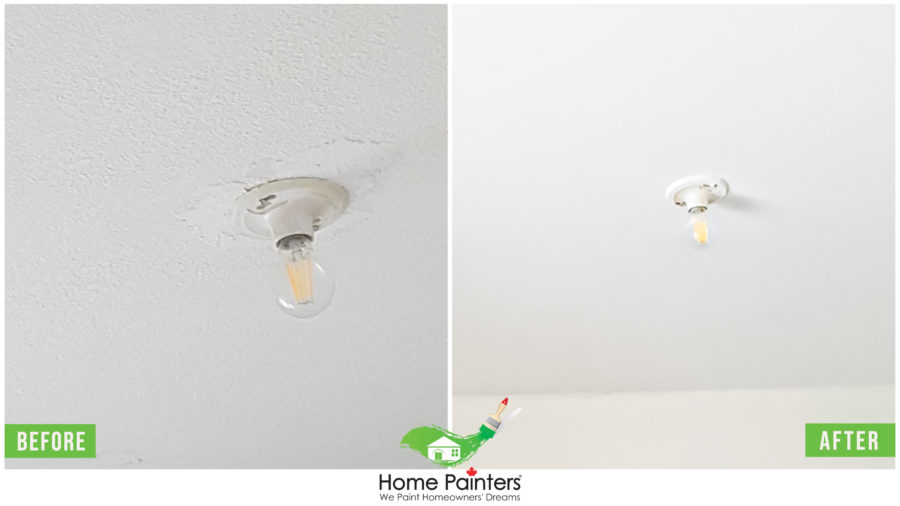
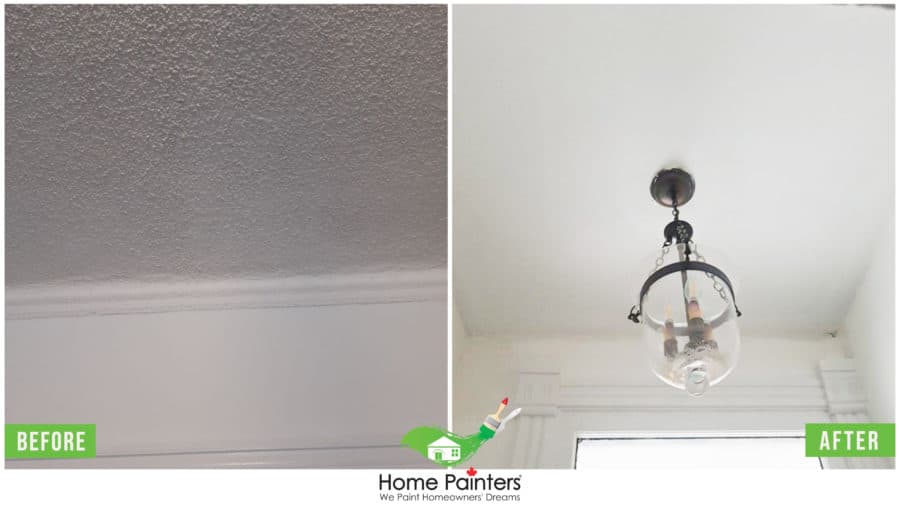
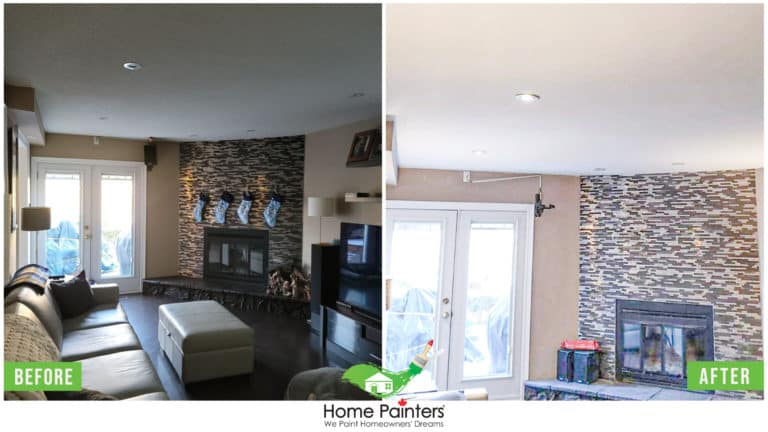
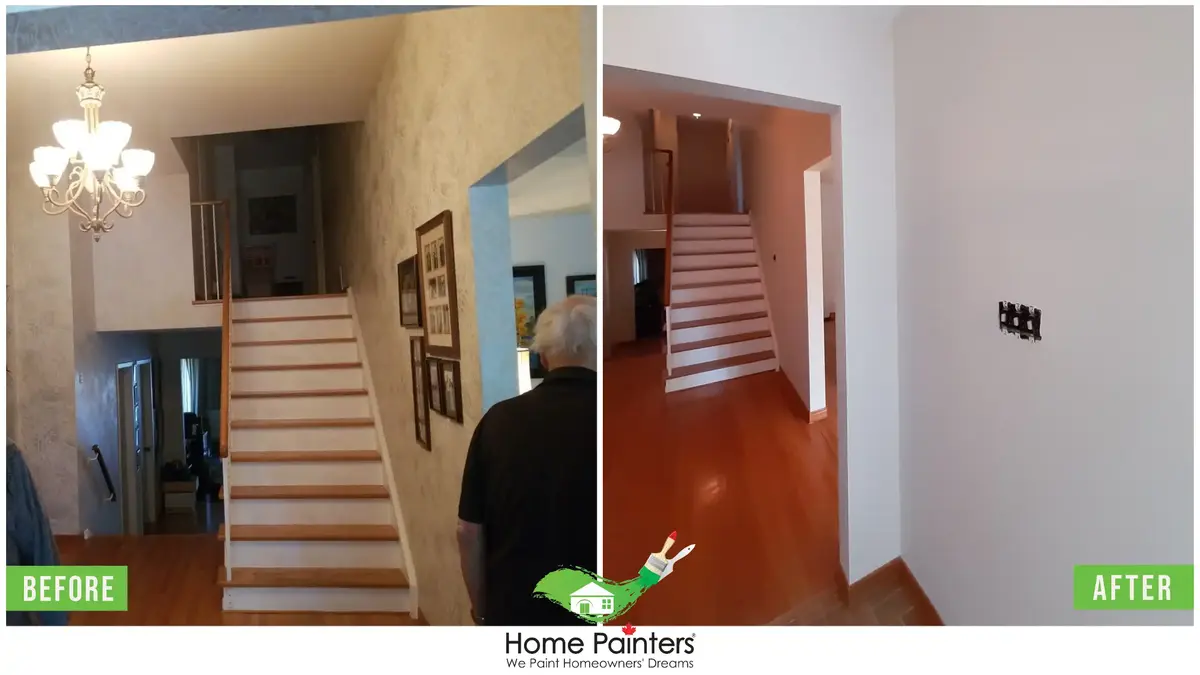
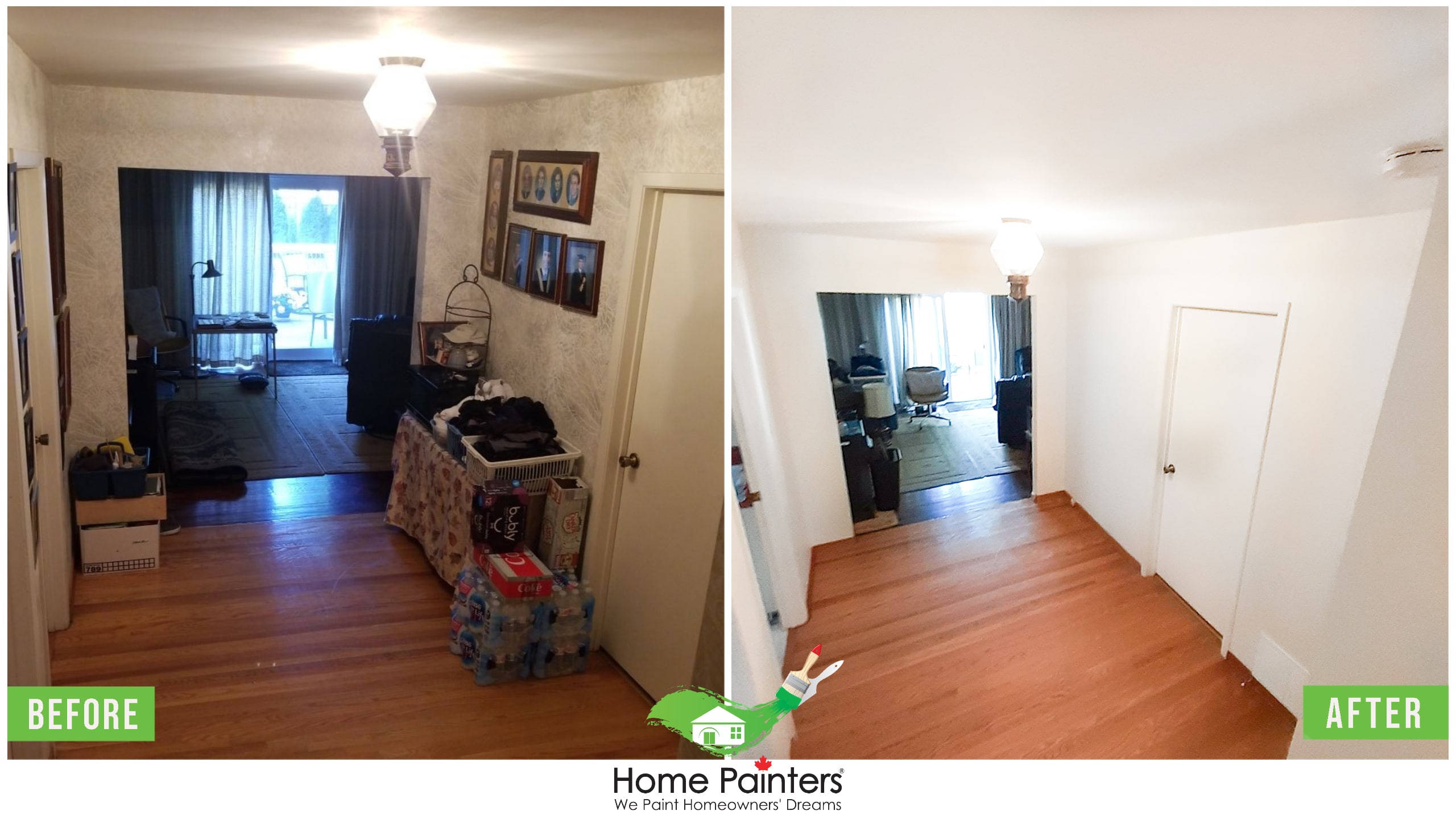
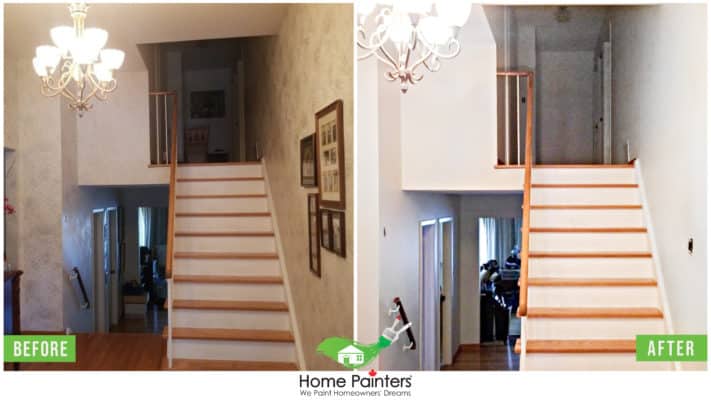
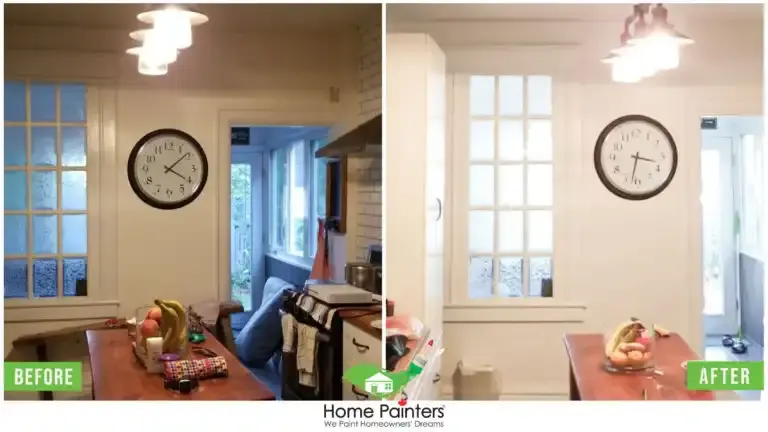
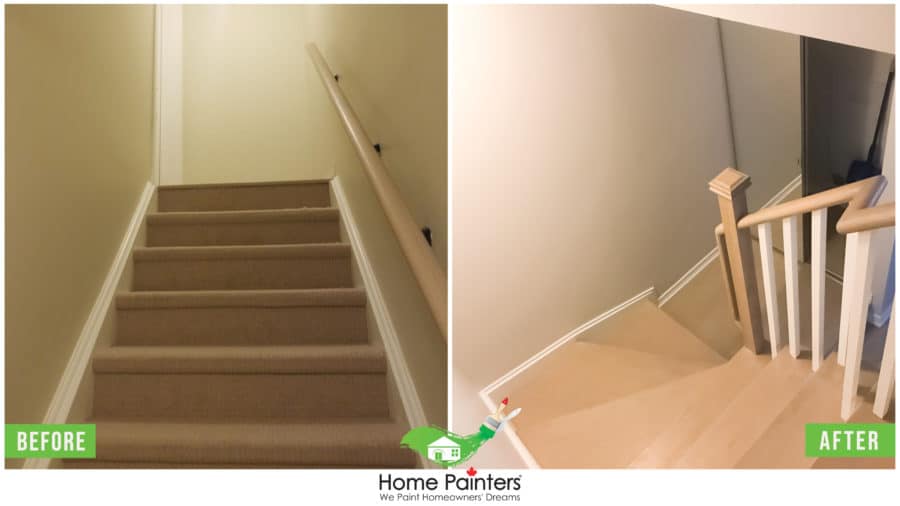
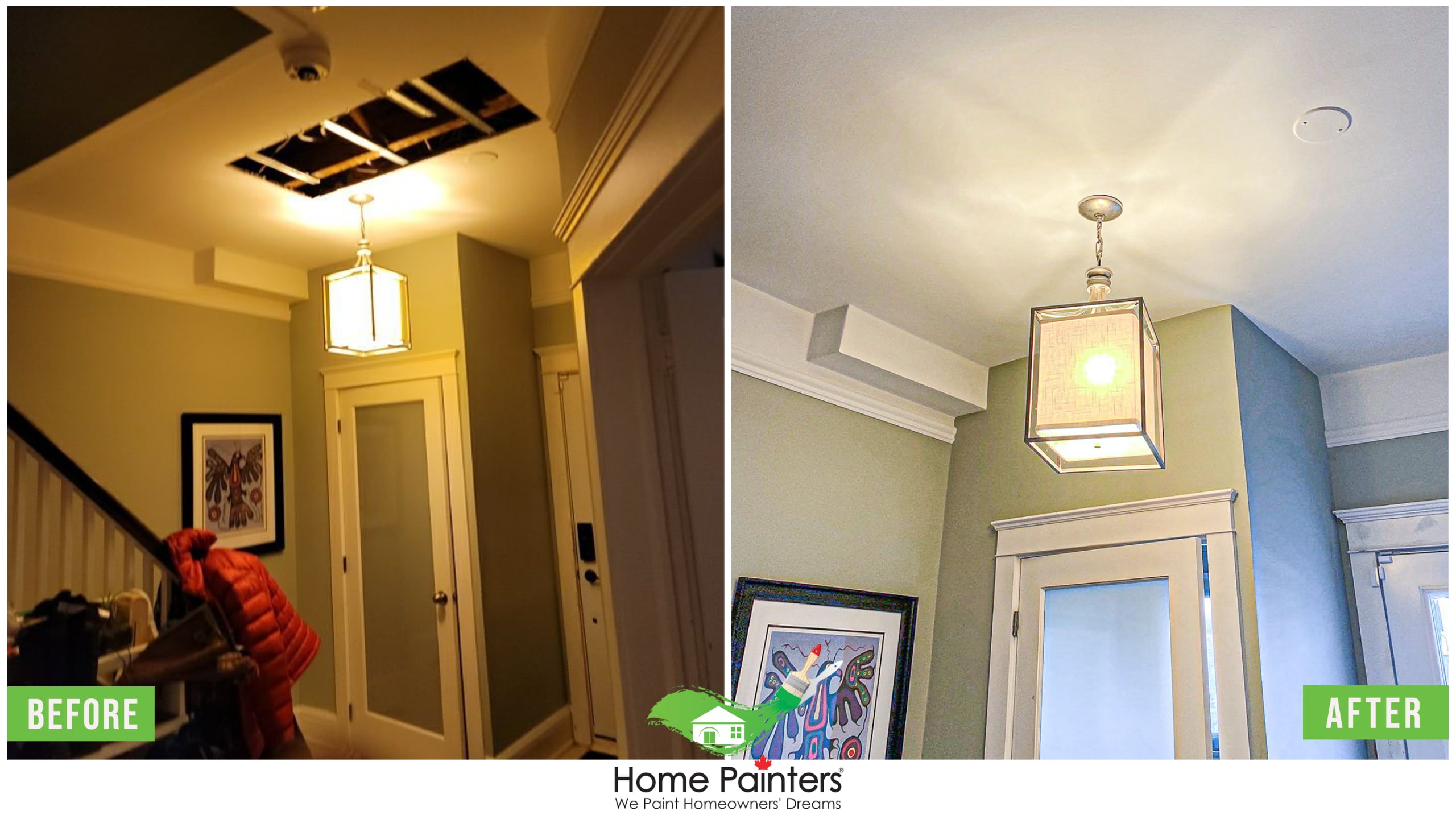
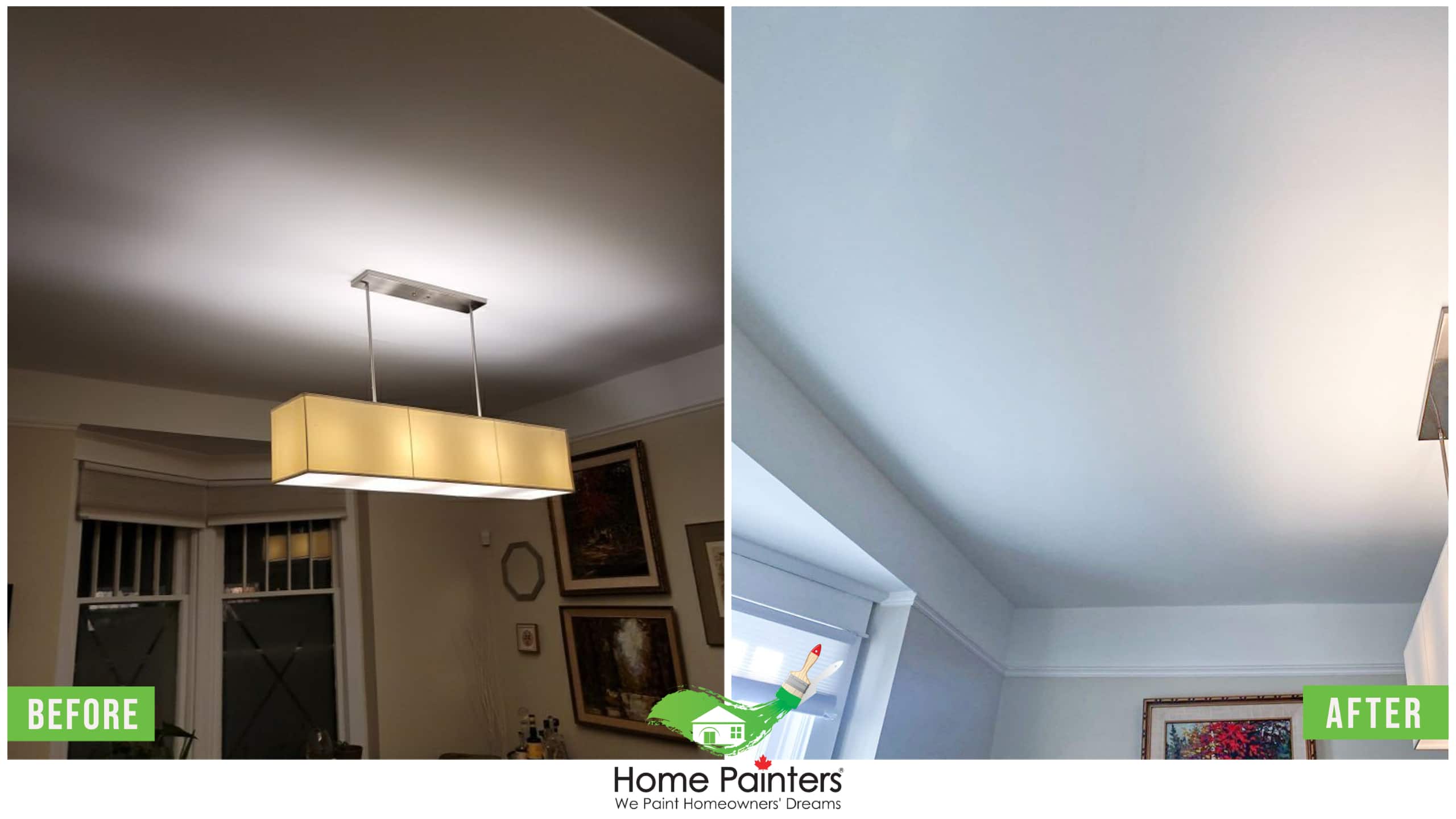
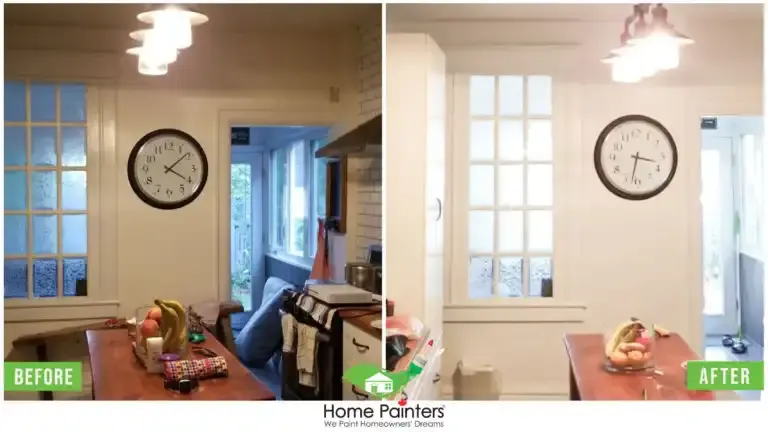
Paint touch-ups and small repairs are usually fairly simple. But if you need help matching paint or find you are not able to do a perfect repair or touch-up, contact us. Home Painters Toronto is a leading painting company in Toronto and provides expert service and painting to our clients. Please give us a call at 416-494-9095, or email us at [email protected]. Also, don’t forget to follow us on all our social channels below as well!


